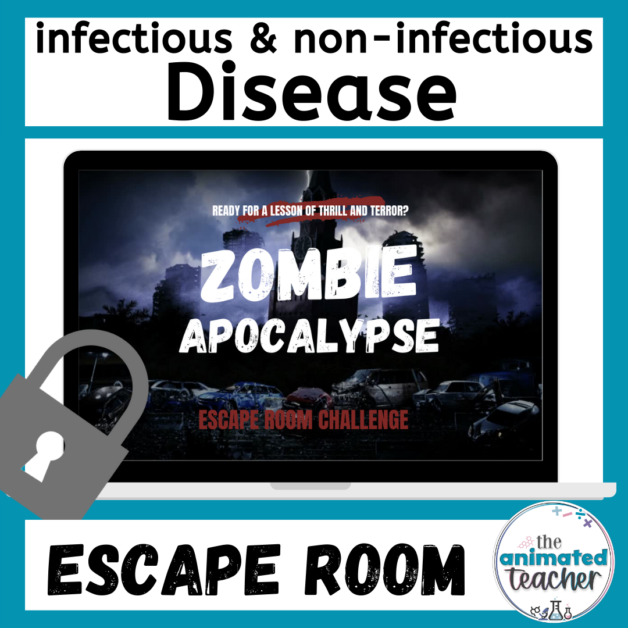
9 better alternatives to homework
9 better alternatives to homework
Traditionally homework has been school work that students complete outside of the classroom and outside of school hours. This usually consists of textbook questions, worksheets, or research tasks.
Studies have been inconsistent in providing concrete evidence for the benefits of homework, and the effectiveness of set homework tasks depends greatly on the task itself.
This list of 9 alternatives to homework will help you give students a break from the norm while still impacting their learning and character development.
alternatives to homework in middle school

Disclaimer: This blog post, ‘9 better alternatives to homework’, may contain affiliate links. This means I may receive a small commission on qualifying purchases. This is of no extra cost to you and it helps me to continue writing awesome content for you! Read full disclaimer here.
Alternatives to homework
It is worth noting that I don’t use the word ‘homework’. Why? Because it has such a deeply ingrained negative connotation for both students and parents.
Terms I prefer to use instead include:
- At home learning
- Daily / Weekly Practice
- Challenge
- Game
- Consolidation
These terms don’t have the same negative connotation as ‘homework’ and help the students think about the tasks in a more positive way.
Before I get into my suggestions, here are some benefits of using alternatives to homework:
1. You don’t have to mark them. These activities are designed to be able to be marked simple as participated or not. Not all home learning tasks need to add to your workload!
2. They encourage the development of character traits and skills – not just academic ones.
3. They are simple and easy to assign to almost any topic – and in fact, they don’t need to be specifically linked to a topic at all.
4. The nature of the tasks remind students to maintain balance between school / study and home life.
5. They can be easily differentiated to cater for the variation of student situations.
alternatives to homework in middle school
9 better alternatives to homework
1. Baking from a recipe
Following instructions is very important in life as well as most subjects. For example, in subjects, such as science, students need to be able to work safely in a laboratory.
Setting a home task where students need to bake something following a recipe is a great alternative that allows students to practice these skills in a fun way.
Have students either bring you a photo of them in action baking, or evidence of the product itself!
Be mindful: Check any food allergies of your students if you want students to bring in the treats they bake.
2. Photo challenge
Having students take a photo of their learning as applied in real life. This is a great way to help students practice being observant and also see the relevance of their learning outside of the classroom.
Be mindful: Students may not have access to a camera or smartphone. They could just write a short description of what they saw and where they saw it.
3. Play a board/card game
Playing board games or card games requires students to practice their social and problem-solving skills. These are skills that are essential in the classroom and also in the real world.
I love alternatives to homework that help build student character in addition to academic skills.
Be mindful: Depending on your context, students may not have access to board games or they may not have family members around each day to play a board game with. Often school libraries contain games that can be rented out.
alternatives to homework in middle school
4. Home learning / flipped learning
Flipped learning is different from homework in that rather than practicing a skill they have learned in class, they learn the skill so they come to class ready to practice the skill.
This is usually done with the teacher filming a short tutorial to be watched at home before the upcoming lesson.
Flipped learning helps to develop autonomy and allows students to take their learning at their own pace since they can pause, rewind and rewatch the video as many times as they need to.
The videos are usually less than 10 minutes in length so it is also a nice quick learning opportunity.
Be mindful: Ensure all students have access to the technology required to watch the video.
5. Activities that apply their learning
Activities that focus on applying their learning in practical ways are effective alternatives to homework tasks of a traditional sense.
For example, have you taught students about the unit cost in maths? The home task could be going shopping with a parent and photographing different options and calculating the best buy option.
Or maybe you’ve been learning about density in science? Have students compare the density of various household items in water at home.
6. Reflect on learning
Asking students to write a small paragraph to reflect on the things they learned in your class that day or week is a really valuable use of their time and a great alternative to homework.
Reflecting and writing it down helps their brain to recognize the information as important.
Are you reading this thinking ‘yeah but its so annoying to mark’.
Then don’t! Just mark it as a participation home task. Whether students submit their paragraph on Google Classroom or hold up their book in class for you to tick off ‘complete’, it doesn’t have to be an onerous task for you.
alternatives to homework in middle school
7. Interview someone
Interviewing someone can be as simple as giving the students 3 questions to ask someone at home. It could be about their own views on a topic, where they see the usefulness of your subject, or about their career.
This activity builds student skills in communication and listening whilst also providing an opportunity to build or deepen connections with people.
Be mindful: Some students may not have access to someone to interview every day. Try to give a few days so students have the opportunity. If they don’t have anyone at home you could suggest they interview a teacher, another student or even the bus driver.
8. Call someone you haven’t spoken to in a while
Promoting the continuation and building of connections during term time is important for students to maintain balance in their lives. Some students struggle to do this themselves and so may feel the need to have ‘permission’ from their teacher.
Be mindful: Some students may not have access to a phone or enough credit to make long calls. Provide alternatives such as chatting with a neighbour in person.
9. Spend time with family
If a student spends 60 minutes completing homework, then for a family whose parents don’t get home from work until after 5pm, and who go to bed around 9pm, that is one quarter of their family time taken away by homework every day. Add in an extracurricular activity or sport and students are missing out on significant family time.
The simple act of not setting any homework or task can make a significant difference in the home lives of our students.
Encouraging them to spend quality time with their family instead is a valuable alternative to homework.
alternatives to homework in middle school
Conclusion
Homework is not bad and it does have its benefits. However, having a range of alternatives to the typical homework tasks allows for students to enjoy a balanced life while also building skills other than just the academic ones.
Have you tried any of these alternatives to homework?
Comment below!


























